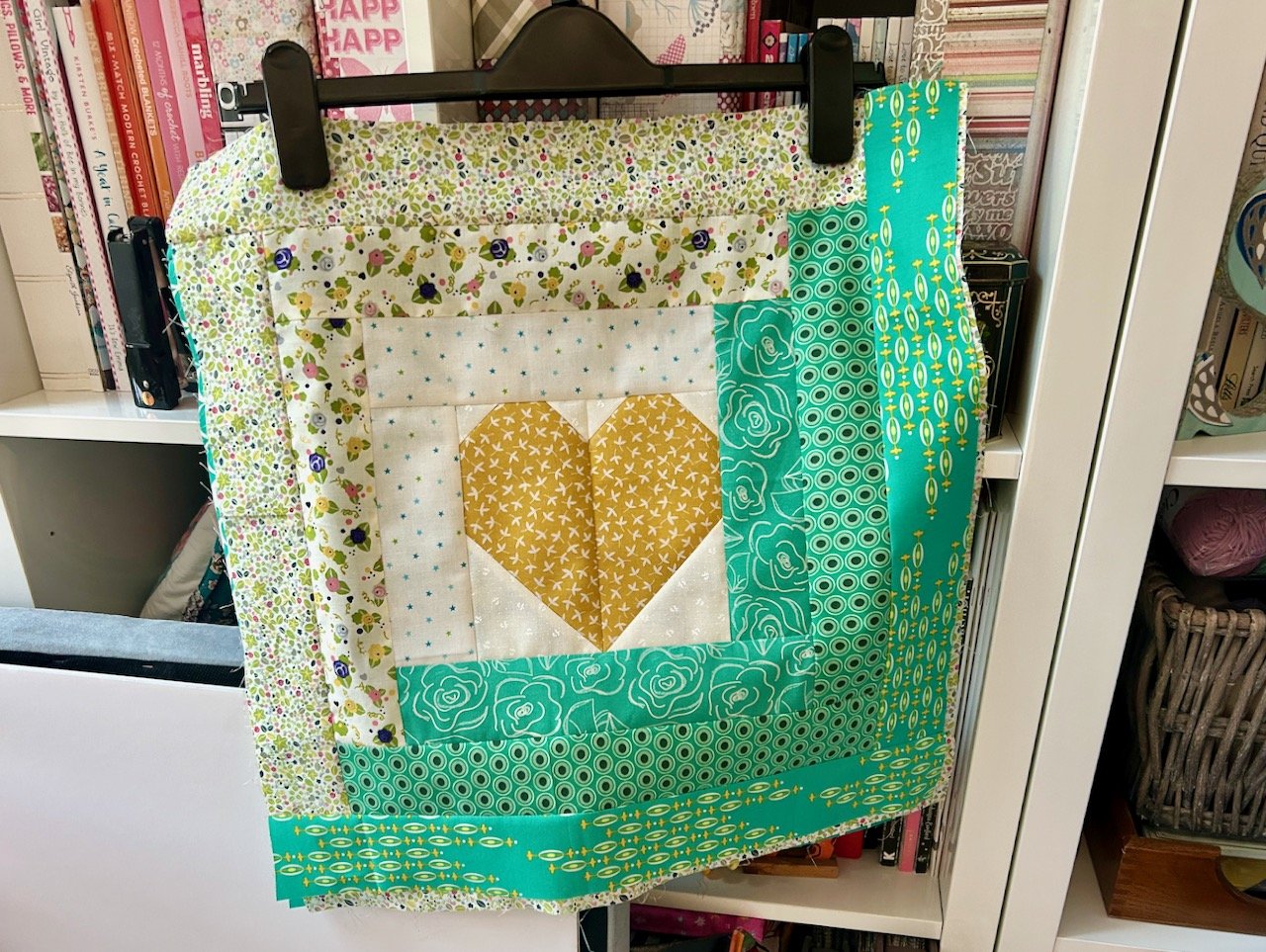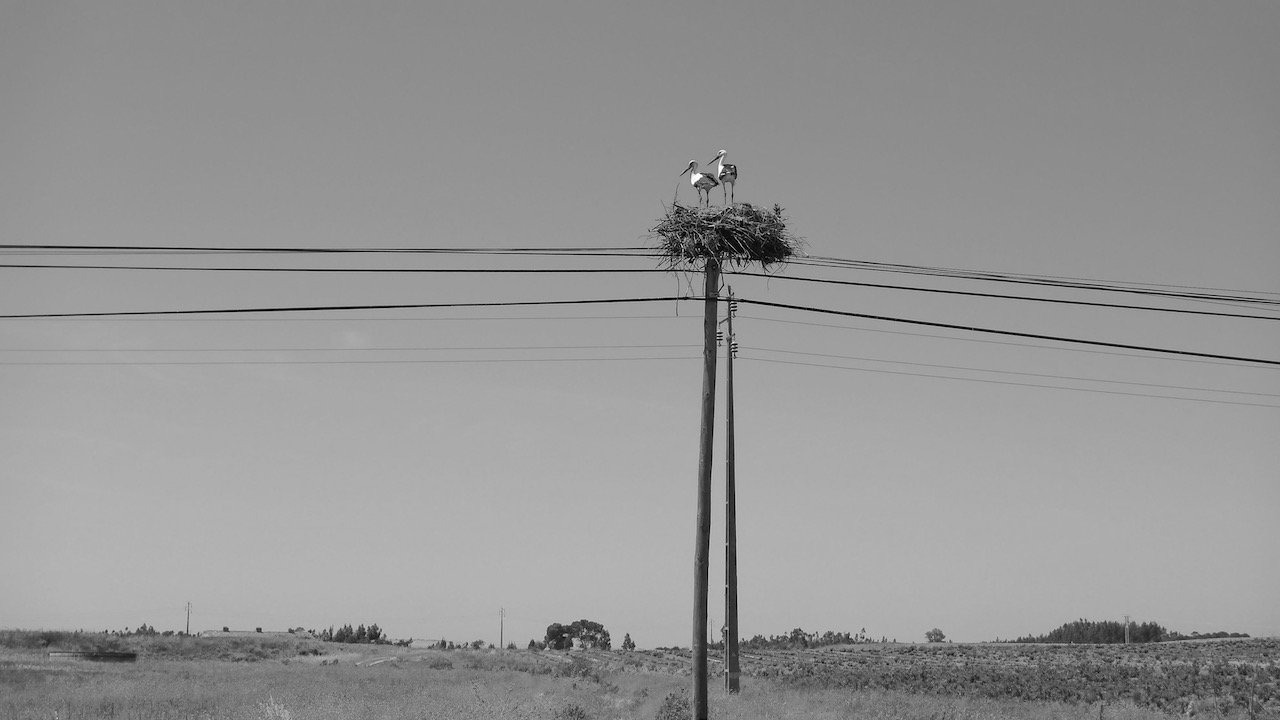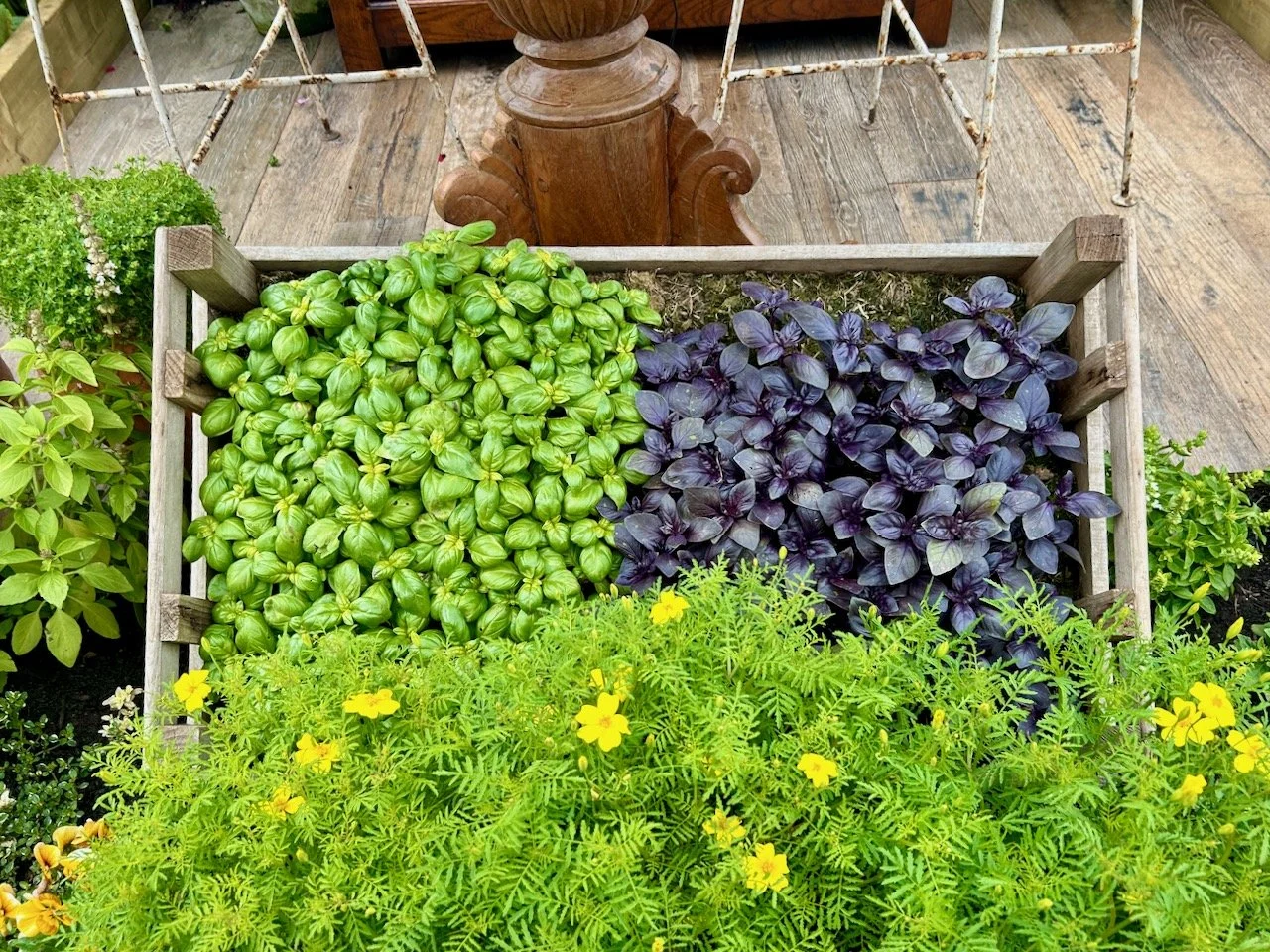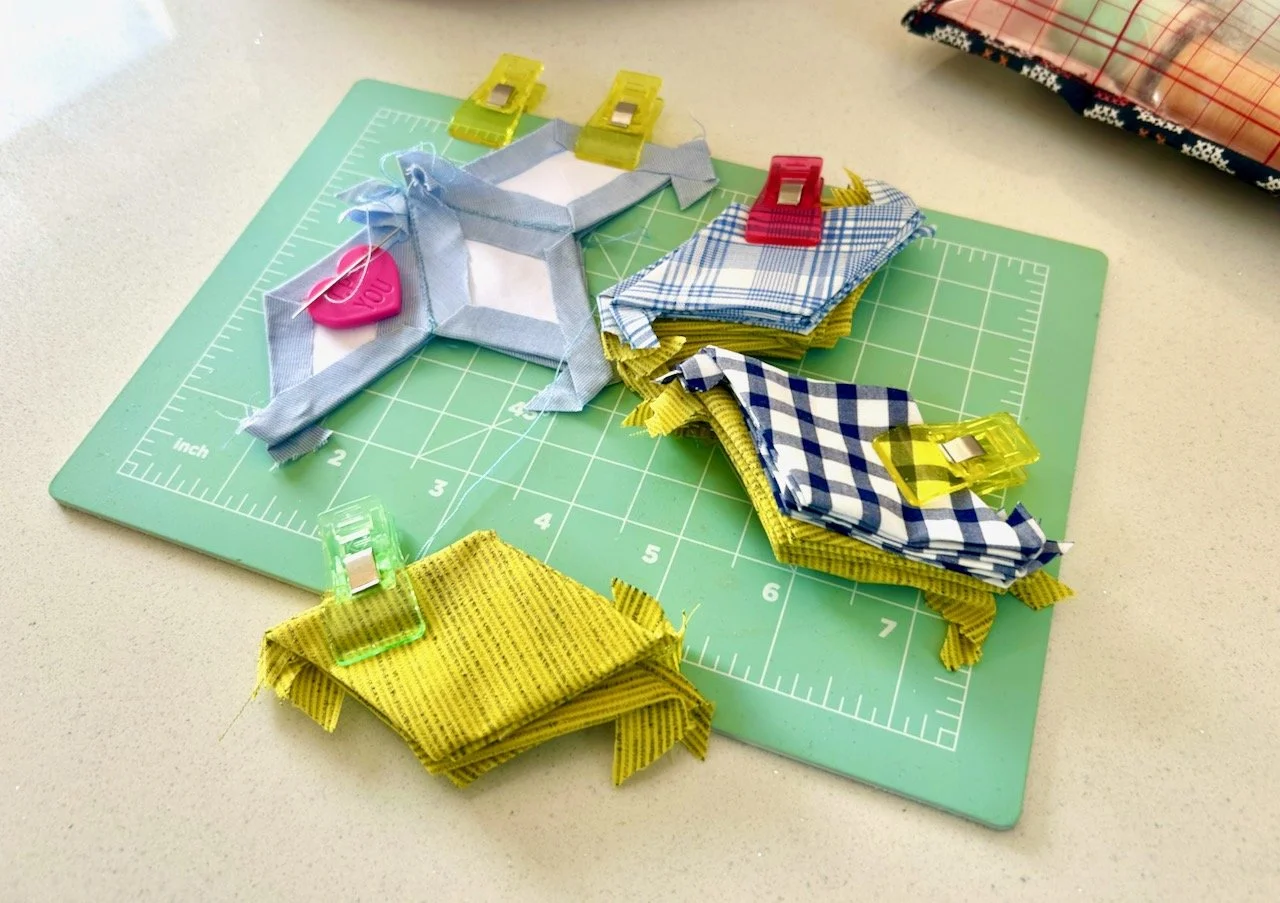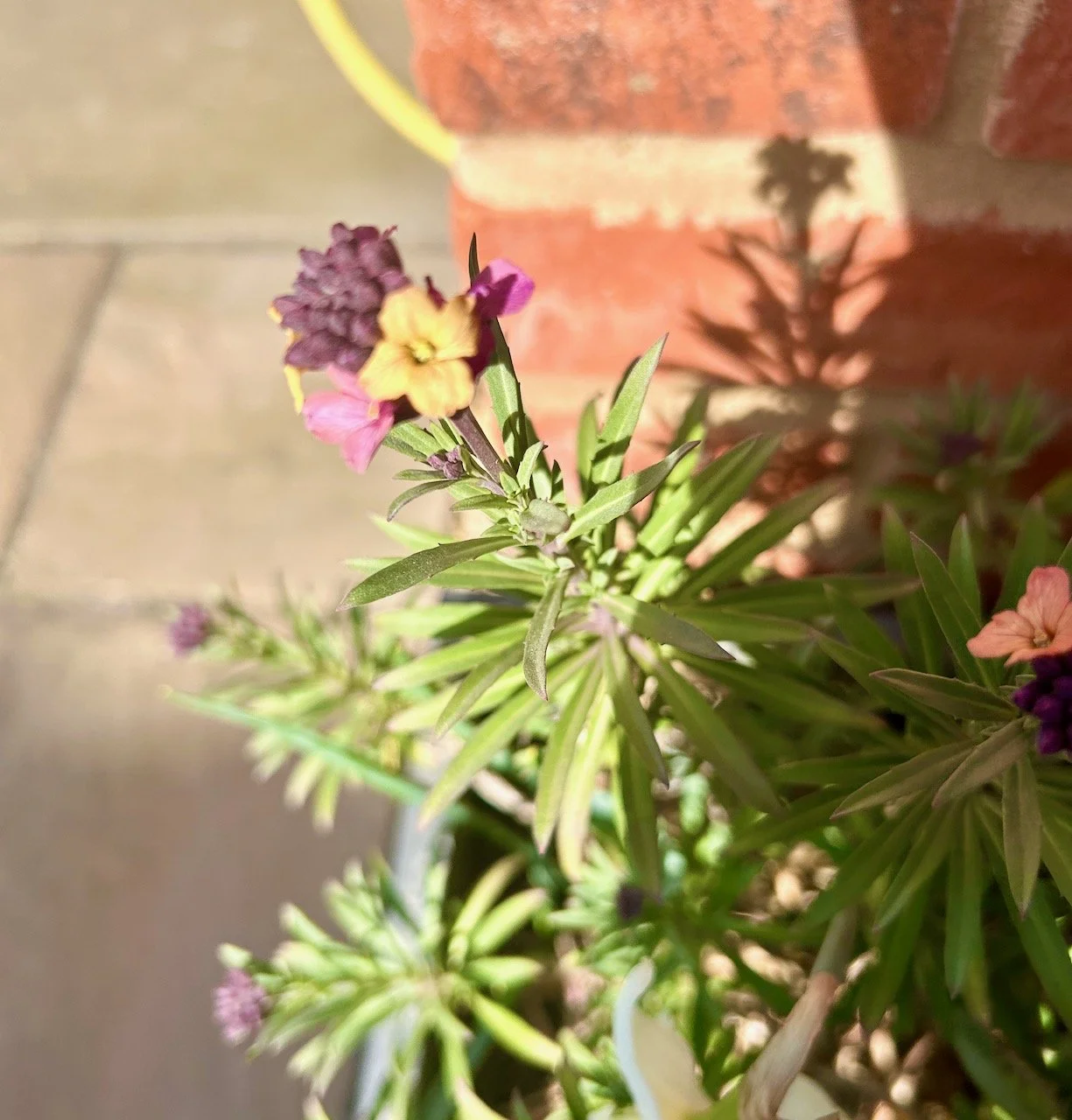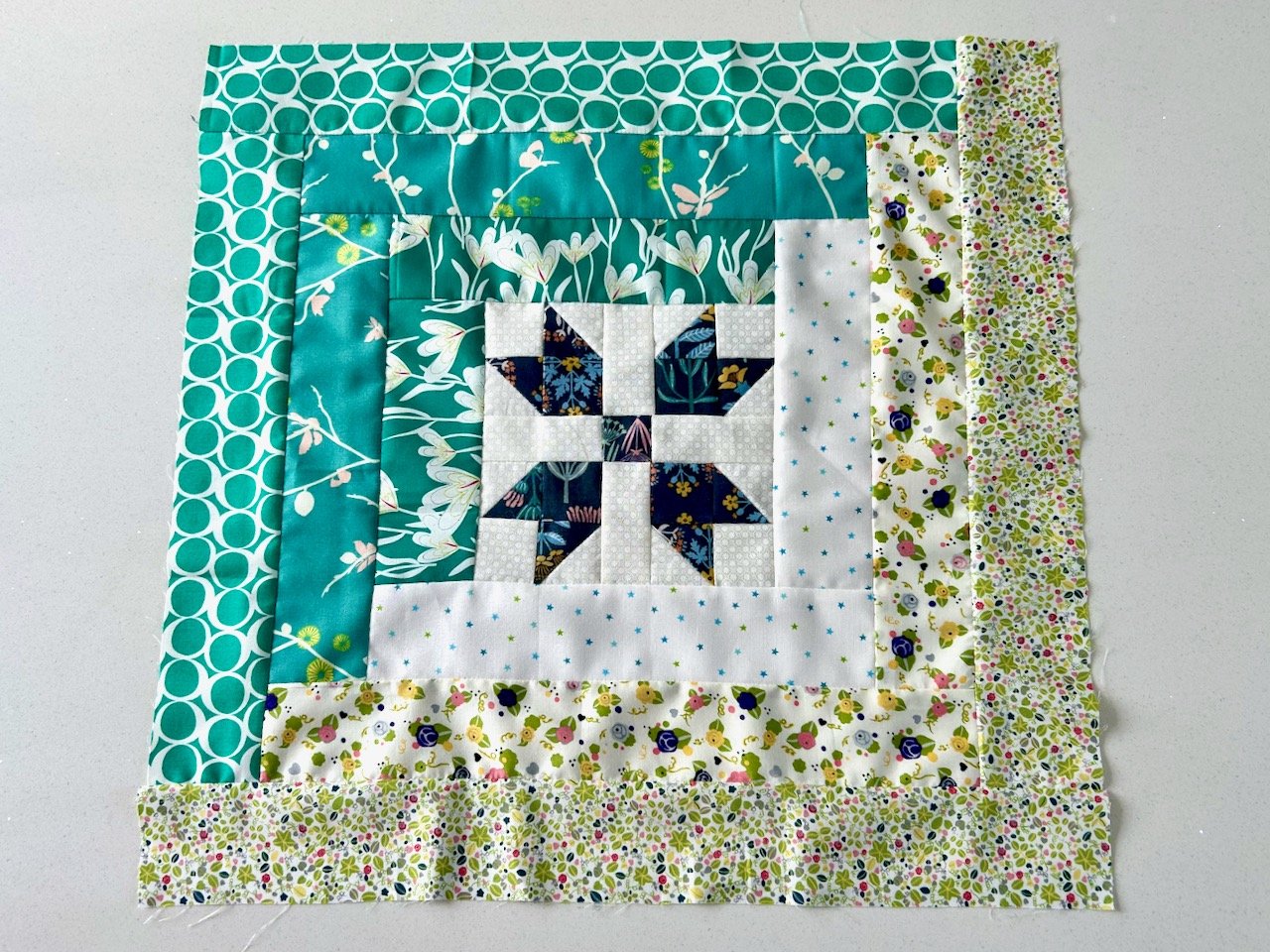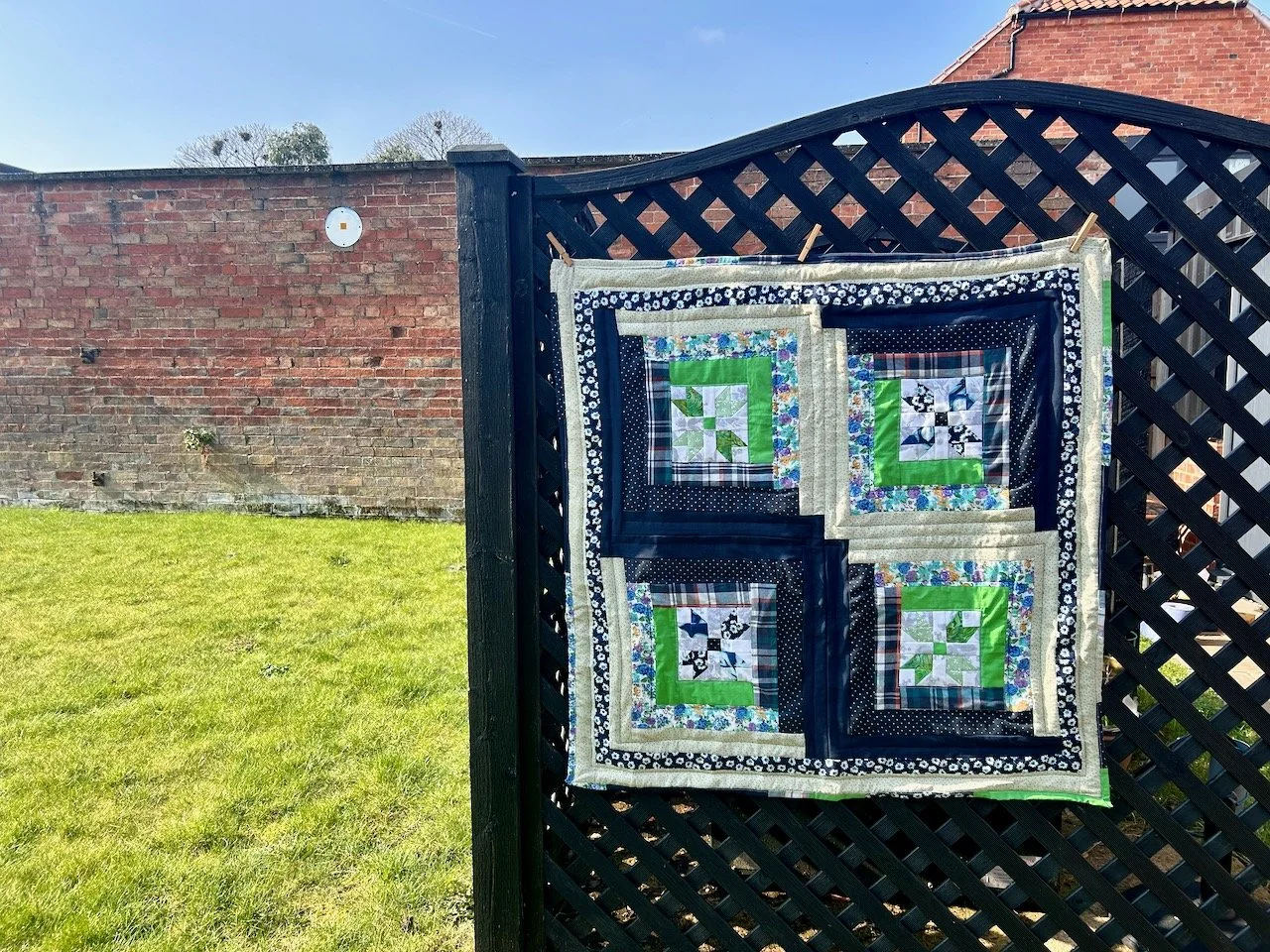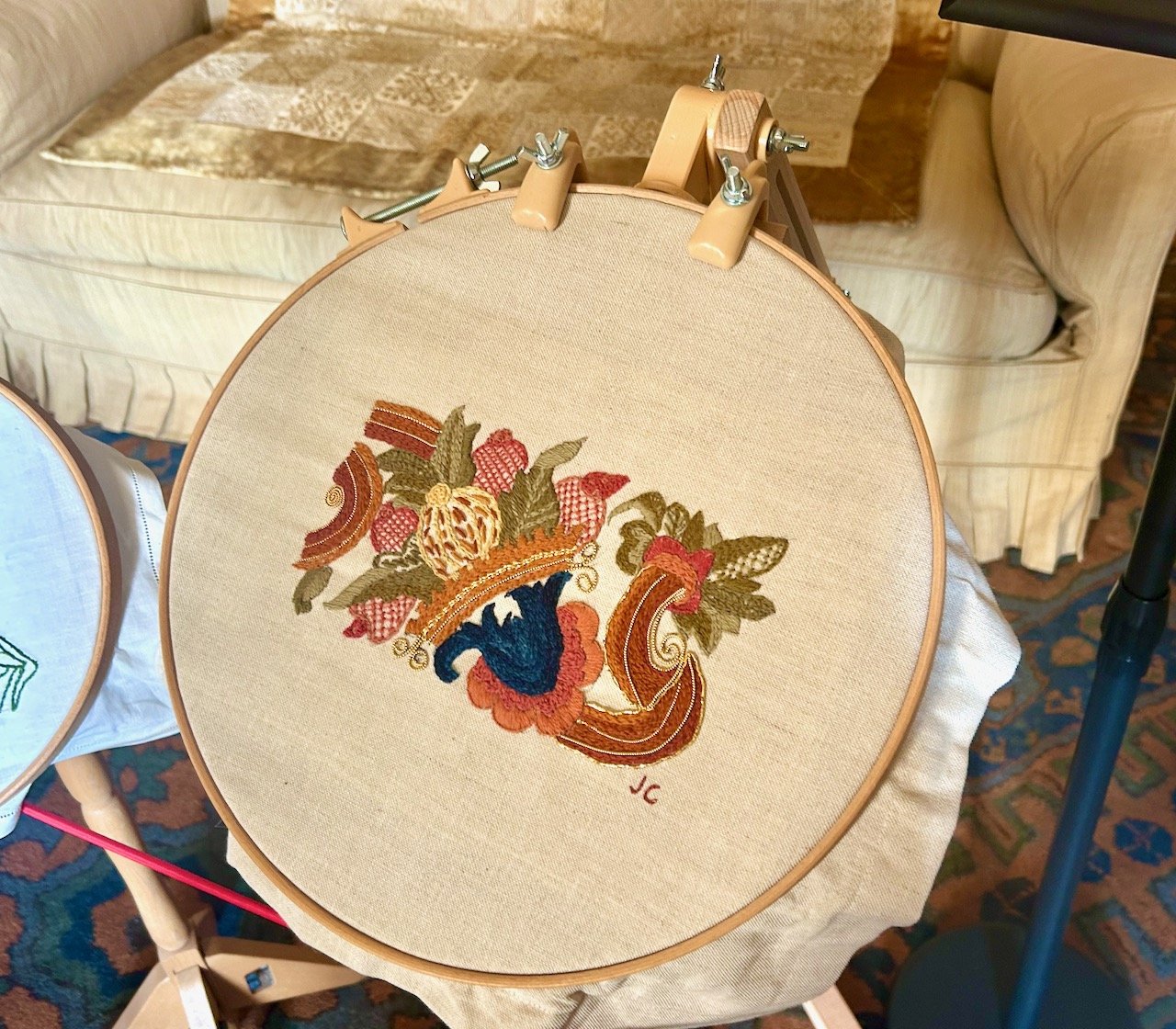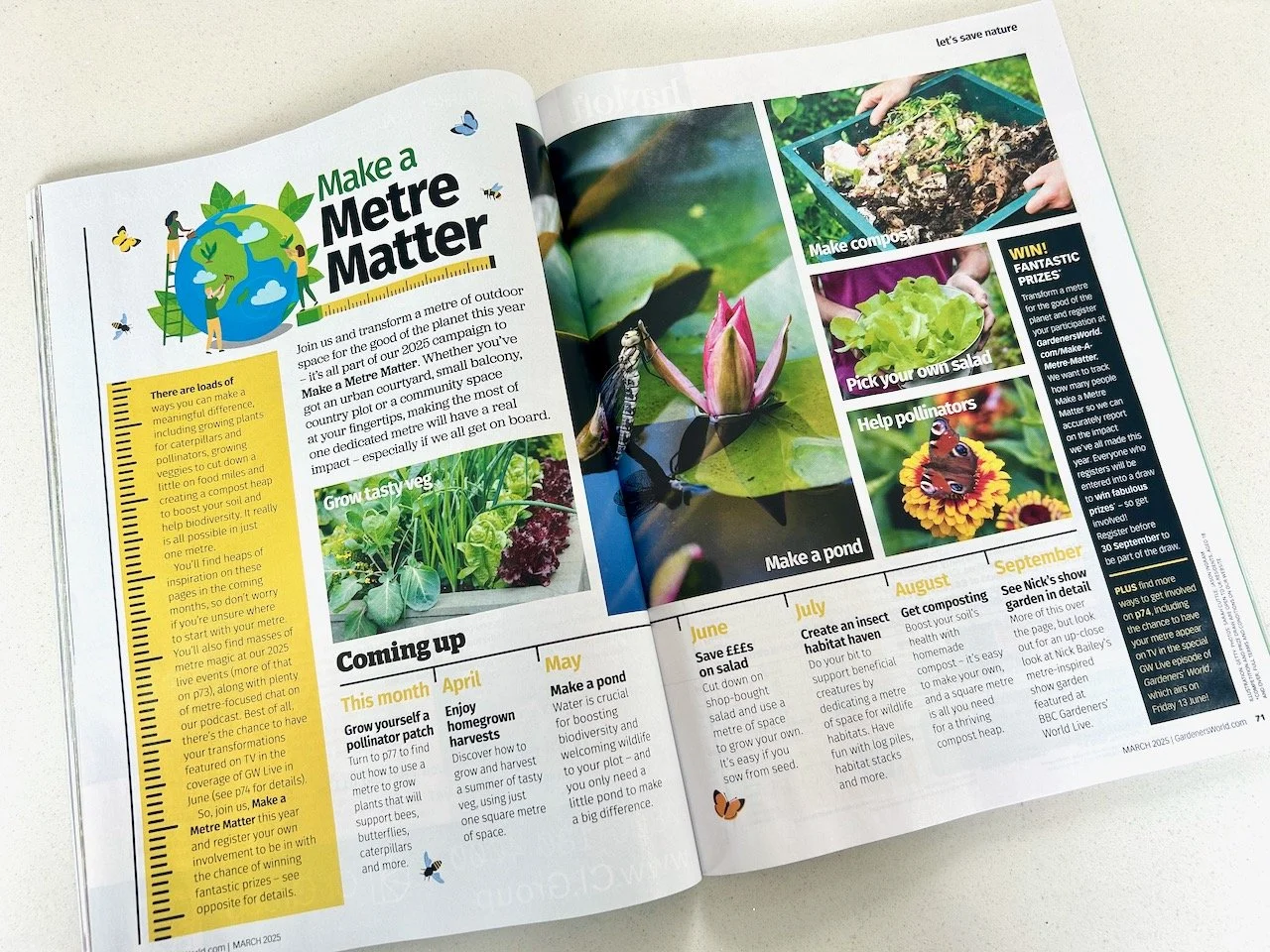This week my recipe is one for lunch, and so easy it's almost a non-recipe. Lunches are something I need to get better at as the weather turns colder and damper as salad, bread and cheese hastily thrown together are unlikely to cut it and provide the cuddle a bowl of soup can! This looked as if it'd be a good alternative as a quick-but-still-relatively-good-for-you lunch.
The book I've chosen this week - the Frugal Cook by Fiona Beckett - isn't one I've used much, and I suspect I was drawn to it because of its title, for ideas on using veg from the garden (or dad's allotment) and making the best of leftovers, as I dislike throwing food away.
There's plenty of good advice in the book on topics such as the skill of stretching food and tips to cut your food bills which are fairly obvious, but it's good to see them written down. They range from "only shop when you need to" to "buy produce in season and buy it loose" to my favourite which is "not to follow recipes slavishly!" If you read my blog regularly - and this series especially - you'll know I'm a natural at this...
In the intro to this recipe, it says that part of the trick of getting away with budget ingredients is to make them sound interesting, which can be done by giving it a sexy name. So yes, you've rumbled me and I'm actually making a jazzed-up sardines on toast. However I have to disagree on the naming of this recipe - I don't think rillettes is making this any sexier, I think I'd prefer to call it Posh Sardines on Toast as to me rillettes isn't particularly sexy. But maybe that's just me...
Back to the recipe. I carefully opened this pretty can of sardines, drained the brine and mashed them with a fork. I grated in the rind of half a lemon, chopped a teaspoon of capers and a small gherkin and added that too. Next it was to the freezer for a tablespoon of parsley from the garden, that went in with some black pepper and a drizzle of olive oil.
Once this was mixed and tasted for seasoning, I piled it onto two slices of toast added some of our smaller tomatoes, sat down and tucked in.
The verdict:
- this was so easy, I'm almost embarrassed to say I needed a recipe for it!
- it tasted great though and is a quick and easy store cupboard lunch
- this is a lunch I'm adding to my repertoire!


